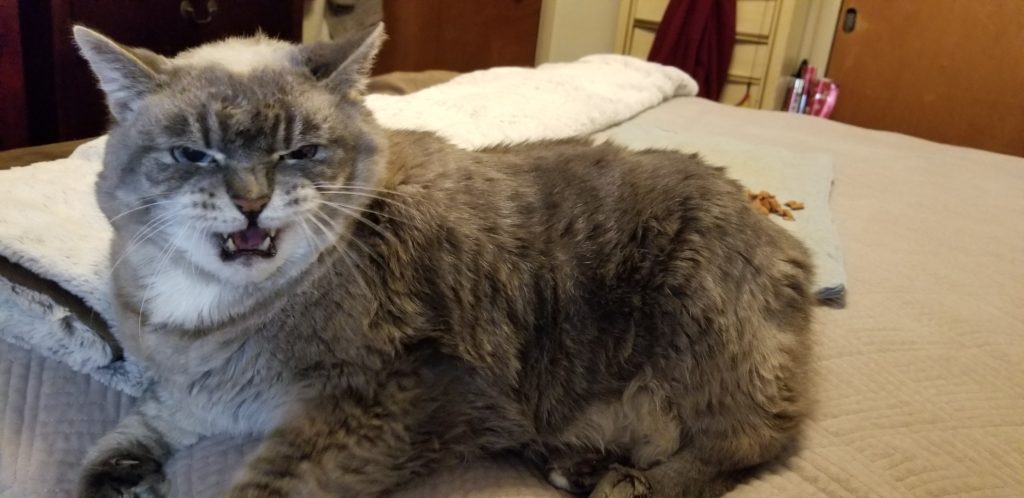
Student writers often tell me that their novel has more than
one main character. While most really mean that they are writing more than one
Point of View, some really do have characters battling for the readers’
sympathies.
Writing Tip for Today: Here are some reasons every story
needs one main character:
Multiple POV v. Protagonist
Contemporary novels often feature two or more viewpoints or
POVs. Written with skill, these novels are enriched by switching narrators.
After all, no two people seem to view the same scene in the same way. Many of
these Multiple POV stories also contain a pattern the reader comes to rely
upon: these POVs either rotate scenes or chapters or are in some way
predictable. It’s easy to see why writers think all they must do is tell the
story from more than one angle.
But readers must have “skin in the game.” This means that
out of all the different character POVs, one character must have the most at
stake. This character’s world will be changed more than other characters. This
story really belongs to that one character.
We call this character the protagonist, or Main Character. Ask
yourself, “Whose story is this?” “Who has the most to lose?” “Who will be
changed the most by the novel’s events?”
Make Sense of Chaos
According to Lisa Cron, author of Story Genius and Wired for Story, we all need stories in order to make sense of the chaos going on all around us. As survivalists, we need to be prepared for the future. Stories about possible scenarios help us stay prepared.
Cron believes that by funneling the worldly chaos through
the “specific effect that chaos has on the protagonist,” that character becomes
our avatar. The important part isn’t the events that happen to this
protagonist, it’s what they mean to that specific someone that keeps readers
reading.
That meaning, for readers, is the point of the story. The
events don’t matter by themselves. The point stems from “the struggle they
trigger within the protagonist as she tries to figure out what the heck to do
about the problems she’s facing.”
Connection, Please
One Main character makes it much easier for readers to not
only follow the events, but also gives them a reason to care about the ways the
character (protagonist) deals with the “invisible, internal struggle.” Cron
calls this internal struggle the “third rail.”
This third rail “connects the novel’s surface events to the
protagonist’s internal progress.” It helps to “give those events meaning, but
it’s also what ultimately lets you know what those surface events will be
(read: the plot).”
I think that getting readers to connect with your character
is one of the most important things a writer can do. If you have a cast of
thousands or even two characters competing for Main Character, you end up
diluting the readers’ sympathies. There’s only so much caring to go around, and
if you force readers to care in too many directions, they will give up. It’s OK
to write two characters who each have an objective or problem (as in many
romance stories) but consider who your audience is likely to be. The Main
Character is liable to reflect that character’s gender or other traits.
As you write, remember that in most stories, we not only read about them, we become that character. Write your one protagonist in the deepest way you can, plumbing the depths of that character’s internal struggle. Readers will be far more likely to emotionally connect.




